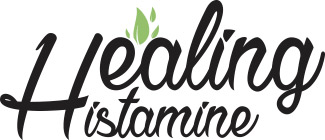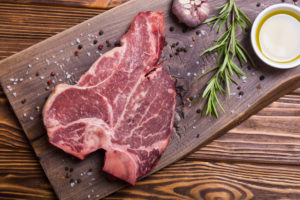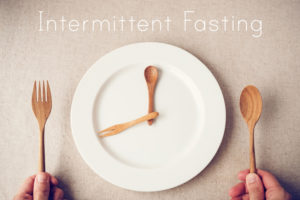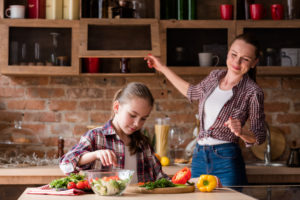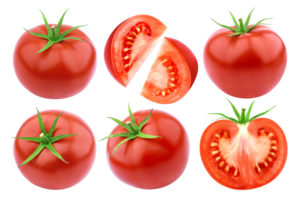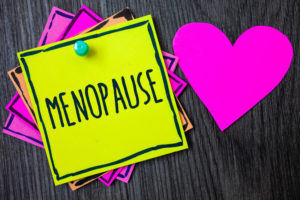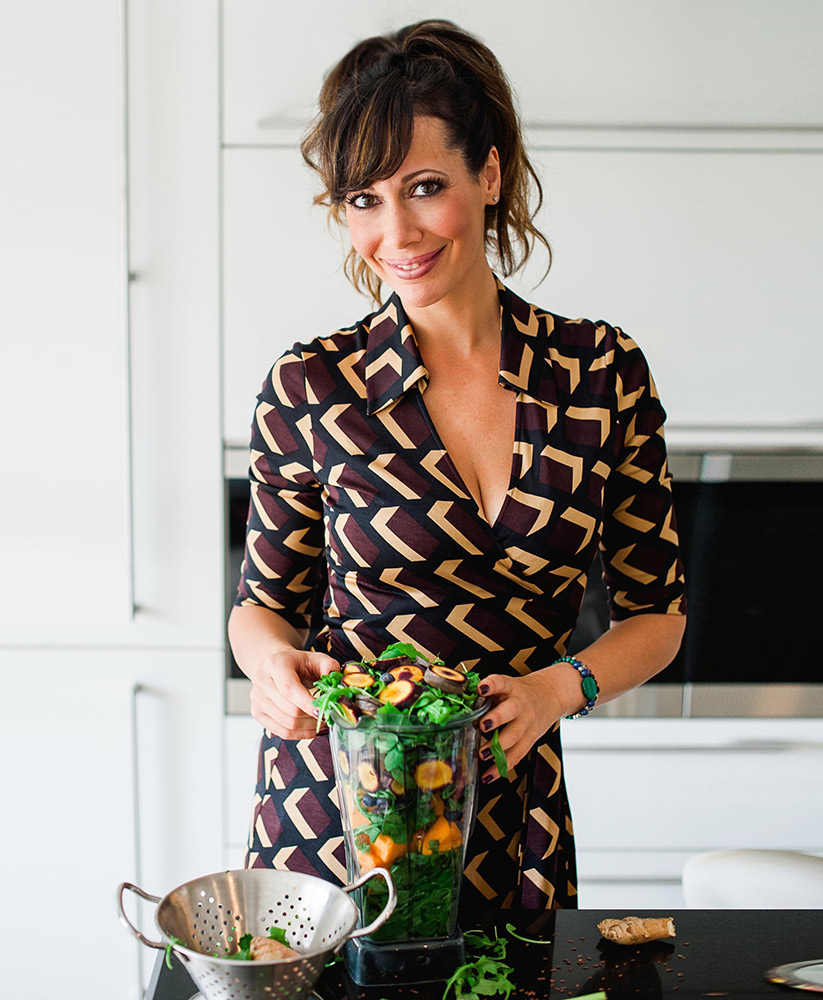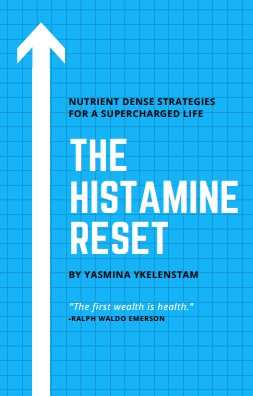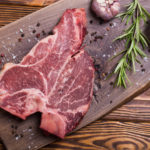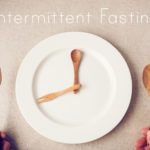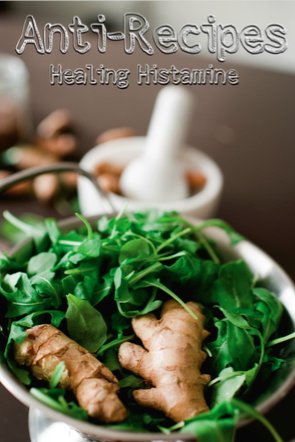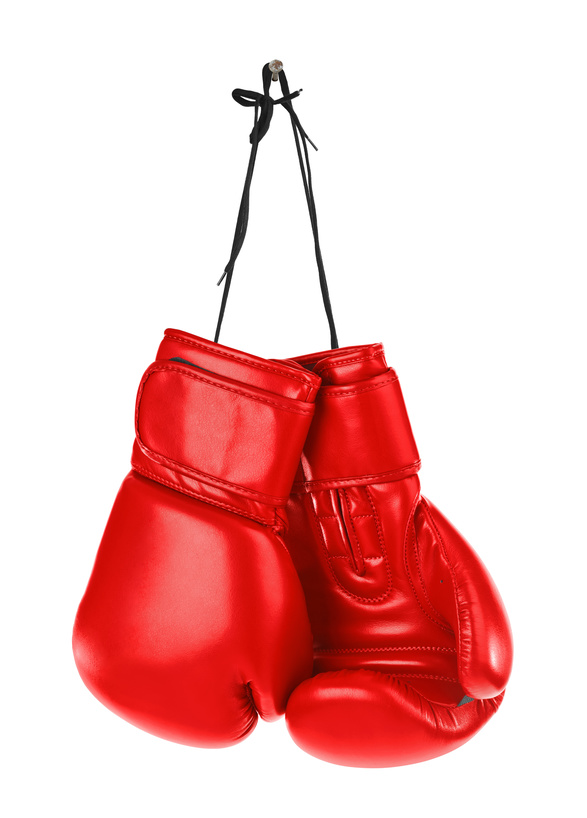
Sometimes we’re inflamed or have a histamine reaction and we just don’t know why. We haven’t been eating sauerkraut or drinking wine, we haven’t been using any chemicals, we’re trying to address the stress… and yet the histamine inflammation remains. Here are some reasons and remedies to help.
REMOVE THE WRONG SUPPLEMENTS
Everyone is different. What causes me issues may be fine for you. And vice versa. This is where the art and science of “biohacking” comes in. You have to figure out the right supplements for YOU. How do you know if you’re taking something that’s not working? A few clues you’re taking something wrong are… brain fog, tiredness followed by insomnia a few days later, heart racing, and instantly needing to evacuate bowels. Your body is telling you that whatever you’re taking is currently causing you more harm than good. Try giving yourself a break from all supplements (use caution and check with your health practitioner) and then add them back, one at a time — kind of like a food elimination diet and follow up challenge. When you add back a supplement and find it gives you symptoms, give it a break for a month or two, and then try it again. You may find that you can now tolerate it, or not.
TRY SODIUM BICARBONATE (CAREFULLY)
Now I hesitated to include this one because I personally haven’t had great experience with it, but a study just came out confirming the anti-inflammatory effects of this digestive remedy (and baking addition). Apparently sodium bicarb encourages the spleen to promote an anti-inflammatory environment and tells the body that there’s no need to launch a full on protective immune response.
I have often compared my immune system to Arnold Schwarzenegger blasting away with a bazooka at anything that enters my stomach…
According to study author Dr. Paul O’Connor at August University, the sodium bicarb basically tells the body that what the immune system is seeing is most likely a hamburger, not a bacterial infection.
That’s a pretty useful distinction in my book.
Dr. Janice Joneja (read this excellent interview with her here) has long championed a mixture of sodium and potassium bicarbonate for a reaction (but not daily use).
GO LIQUID
While it’s great to eat a lot of fruits and vegetables, sometimes the fiber in plant foods can put us over the top. Fiber certainly does provide more work for the digestive system, which is mostly a good thing as it feeds all those beneficial bacteria, but sometimes that extra work is just more than we can handle when we’re already inflamed. And in fact, an inflamed gut has a lot more trouble extracting nutrients from foods. The solution? Go liquid. It’s easier on the gut, and can even be easier in the kitchen. Try a diet of smoothies, juices, and teas for a little while (even a day or half a day) to give your gut a break and easily get some anti-inflammatory nutrition into your cells with little effort.
You can pick up some great antihistamine, anti-inflammatory smoothie ideas here, or some tea ideas here. Or if you want a plan with two juices/smoothies/juicies per day, in addition to very high nutrient antihistamine and anti-inflammatory ingredients, check out my ebook, The Anti-Detox. Even though it’s called the Anti-Detox, it’s not really a cleanse program. You can easily just work these recipes into your existing diet.
DON’T EAT LEFTOVERS
Histamine is produced by bacteria. Do you know what’s on your leftover food in the fridge? A great source of histamine! If you find that you’re eating an anti-inflammatory diet that’s high in antihistamine foods but you’re still having issues, leftovers may be to blame. You can read more about that in this post.
Don’t want to throw out good food? Freeze it. Freezing inhibits the growth of bacteria. Not everything freezes well, but enough does. You can freeze most soups, stir-fries, and vegetable dishes and even smoothies. And otherwise, you can compost it and start your own garden or planters.
 AVOID SENSORY OVERLOAD
AVOID SENSORY OVERLOAD
Our histamine or inflammation bucket can only handle so much stimulation. When you already have chronic inflammation going and you’ve recently put additional stress on your system via the wrong food or supplement, work or family stress, excess sunshine, etc., the bucket can overflow –causing a myriad of symptoms. At that point, the brain begins to say, “no more.” You may notice that you become more sensitive to any kind of extra stimulation, like noise, light, movement within your peripheral vision, and smells.
To avoid sensory overload, there are a number of easy solutions. Noise canceling headphones are an absolute necessity. You don’t even have to play anything; you can just switch them on and shut out the world. Opt for the ones that go over the ear –they seem to work best and are also usually the least expensive. Then if someone is slamming doors, chewing loudly, or tapping their foot, you are completely oblivious. You’re in your own little silent, peaceful world.
While you might look a little odd, sunglasses, even indoors, are great for managing sensory overload. If you have red or orange ones to block out blue light at night, you can even just use those. You can alternatively wear a baseball cap, hoodie, or another hat to lessen the light streaming in and create a comforting cocoon effect.
ADD MEDITATION
Meditation is great for getting your brain out of inflammation and the “fight-or-flight” state, and it can be done anytime, anyplace –especially if you have those noise-canceling headphones. There are many ways you can practice meditation or visualisation. To get started, I suggest the headspace app as a great overall introduction or Jon Kabat Zinn’s iTunes meditation album. To learn about how meditation works as a mast cell stabiliser and antihistamine, check out my posts, Meditation: Nature’s Antihistamine and Histamine Reaction Busting Meditation.
————- REFERENCES ————
“Drinking Baking Soda Could Be an Inexpensive, Safe Way to Combat Autoimmune Disease.” ScienceDaily, ScienceDaily, 25 Apr. 2018, www.sciencedaily.com/releases/2018/04/180425093745.htm.
